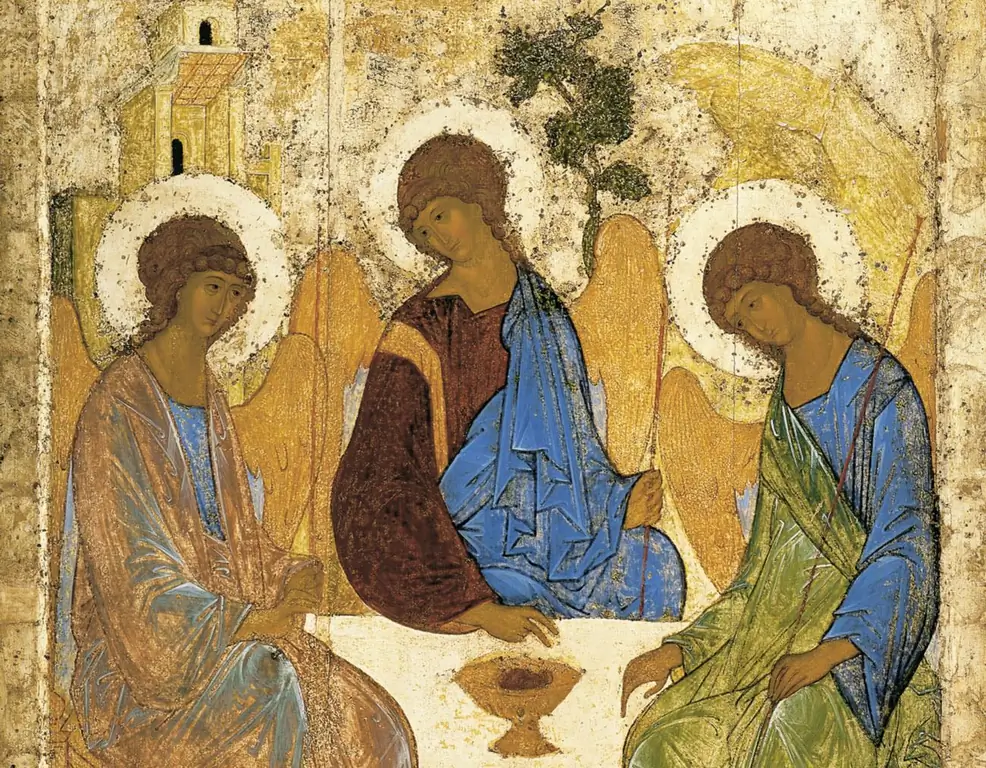- Author Antonio Harrison [email protected].
- Public 2023-12-16 07:44.
- Last modified 2025-01-22 21:44.
People called creative personalities "Not of this world". Genius also had a downside. An example of this is the work of Vincent Van Gogh. He suffered from bipolar personality disorder, a common condition in the creative world.

Van Gogh had a family history of mental illness. His brother Theo suffered from depressive episodes, his sister Wilhelmina lived for 30 years in a mental hospital, and his brother Cornelius committed suicide. The high incidence of the disease among first-line relatives is characteristic of bipolar disorder and suggests the influence of genetic mechanisms. This is not a classic Mendelian example, but polygenic inheritance is assumed.
There is also evidence that bipolar disorder and schizophrenic syndromes have similar mechanisms leading to one of the psychoses. The vast majority of people with bipolar disorder are substance abusers. Van Gogh was a heavy smoker, had an alcohol dependence, and may have used terpenes and camphor, which were the ingredients of paints. It is noted that Van Gogh had manic and depressive syndromes long before the period of alcohol abuse.
Alcohol and other stimulants help people with bipolar disorder reduce the severity of depression or increase arousal in the manic phase, but they always cause severe mood disturbance effects. During the period of his stay in Saint-Remy and all psychotic crises, it seems, occurred when he left the shelter for a trip to Arles. It is almost certain that he abused alcohol (absinthe) there.
In his letters, Van Gogh often wrote about intense fears such as fear of poverty, illness, failure at work, and premature death.
People with bipolar disorder often have sleep disturbances, which cause an increase in depressive symptoms, and insomnia that lasts for several days can trigger obsessions. Van Gogh often painted until late at night, without resting for several days. In his letters, he often complained of exhaustion from the established rules of conduct in society. Chemical abuse, fear, and sleep disturbances are symptoms that are common in bipolar disorders.
The severity of mania and depression can change over the course of the illness. This variability in symptoms explains the difficulty of making a diagnosis, especially in Van Gogh. Today, the diagnosis of bipolar disorder is often not established or is delayed in 70% of cases in those who suffer from it. The difficulty of identifying symptoms of hypomania explains these findings in the diagnosis. Hypomania is a less severe component of manic status and does not lead to the development of psychotic syndrome and severe behavioral disorders in society and in professional activity.






